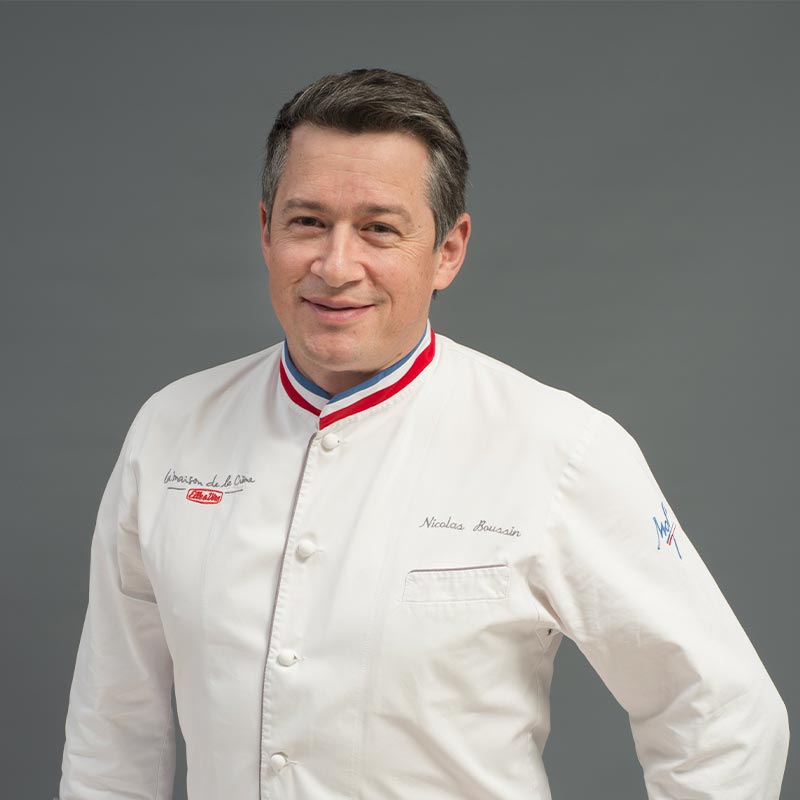Welcome, log on to see the site
Welcome, log on to see the site


In this context, croissant can be worked in a variety of ways: rustic, classic and modern. In the recent years, we even introduced new colours and flavours, which give it new image.
The qualitative criteria are, in general, the presence of cells in the crumb and, of course, the crispy puff pastry.
The classic half-moon shape was abandoned in favour of the margarine croissant. This is a shame, because it was of a generous and enticing shape.
“Modern” croissants are of different shapes and sizes.
I prefer a croissant which is not too short, with a thin and crispy puff pastry which is well-mastered. I don’t like when the croissant looks like a ball, or when it is too short or tall...
When it comes to taste, there must be a balance between the buttery smells (hazelnut, dairy) and fermented notes.
Having a good knowledge of the appropriate technique to be used, being able to choose the type of flour, the mixing as well as the fermentation process are important. This expertise will be seen in the number of folds made, in the choice of butter, which must ensure a smooth lamination thanks to its plasticity, but also in the choice of the type of “folding” (double/single fold) and the number of folds.
Proofing and baking are the last elements that will customise the croissants. This last step will highlight the taste quality of the butter and the fermentation.
I prefer baking in the traditional oven even if it is more difficult process. A lovely glaze will guarantee the presence of warm, appetising-looking crust colours.
Nicolas BOUSSIN, Executive Pastry Chef at Maison de la Crème, Meilleur Ouvrier de France